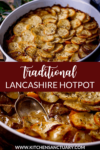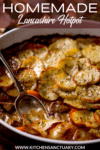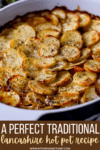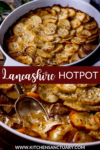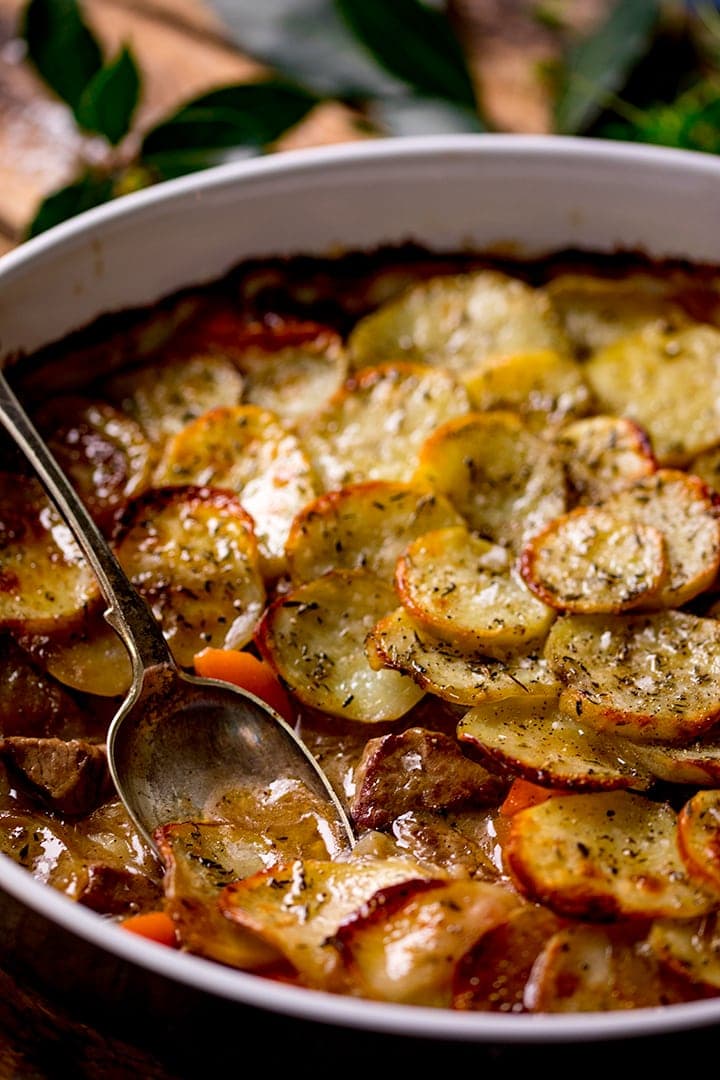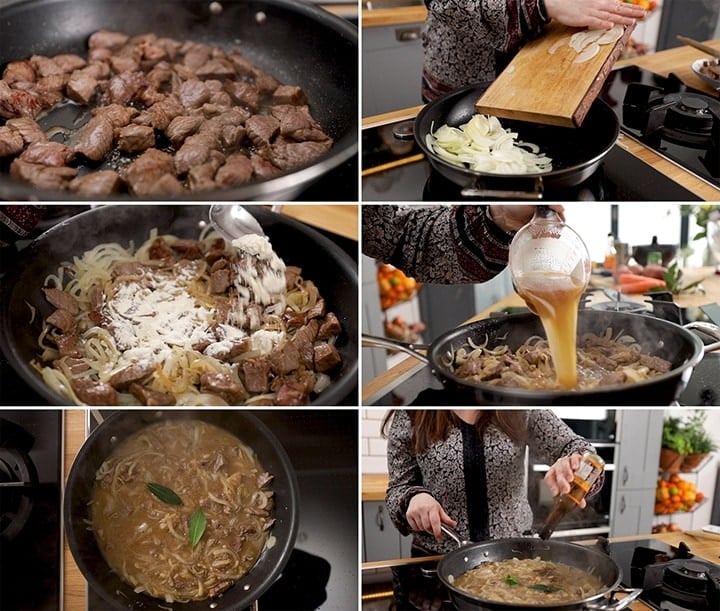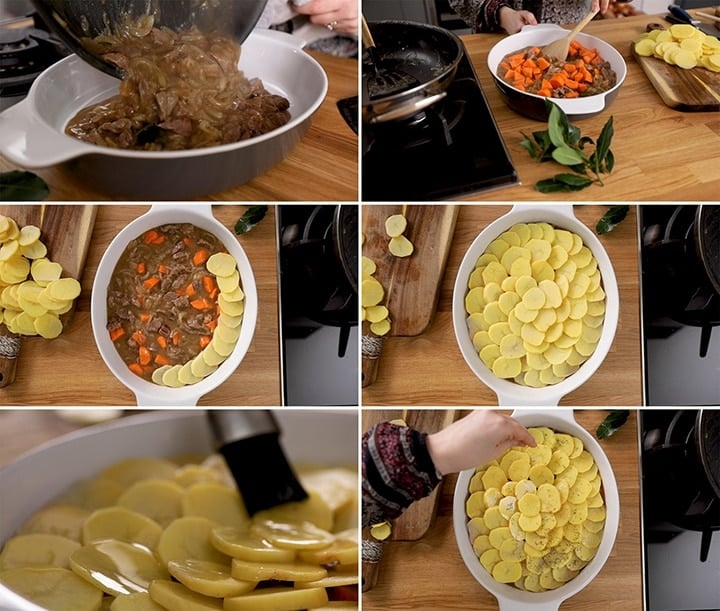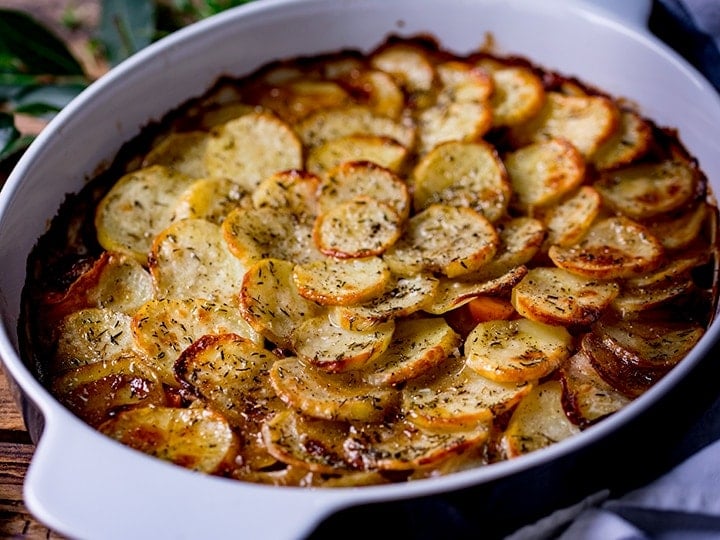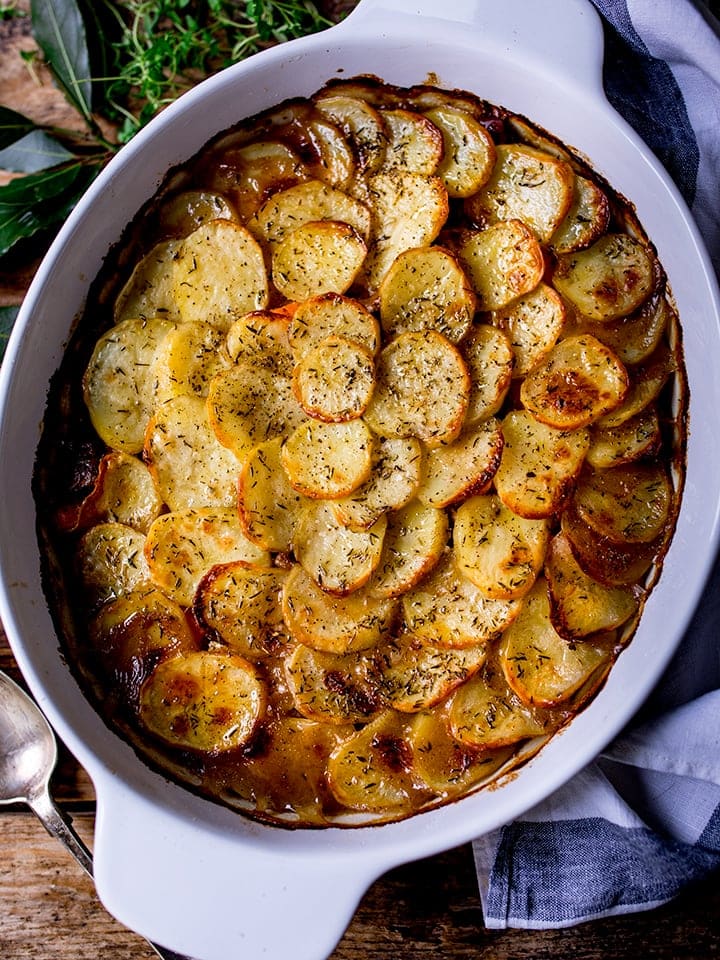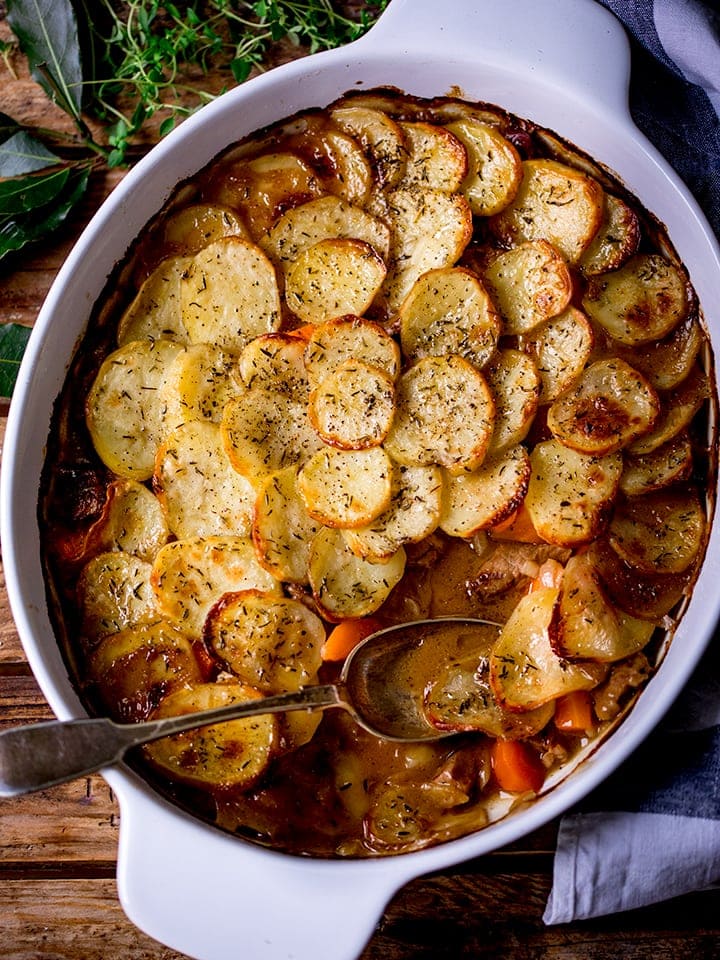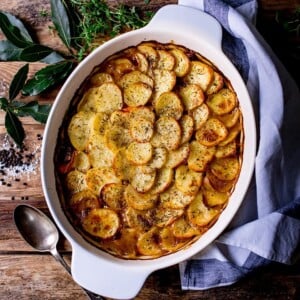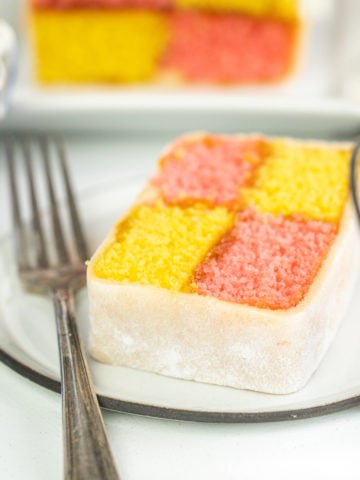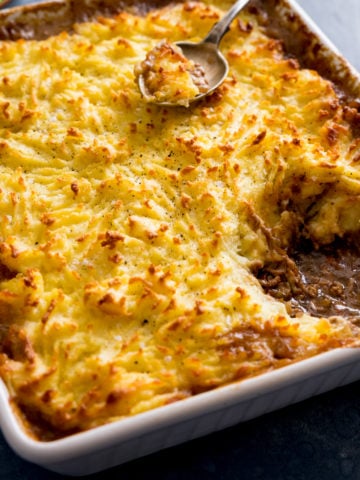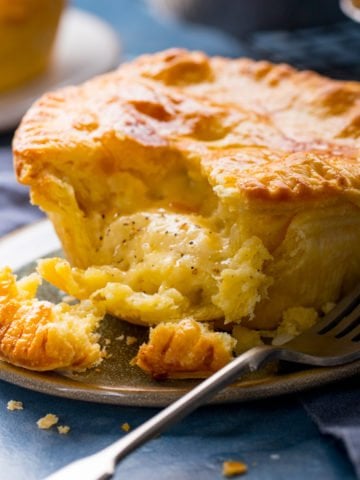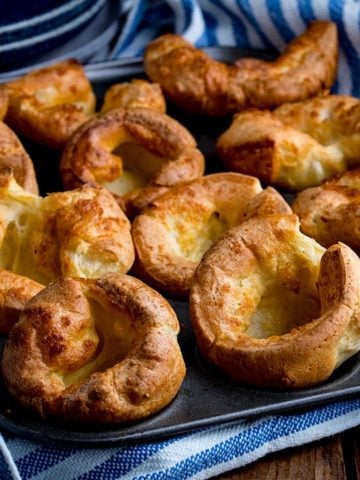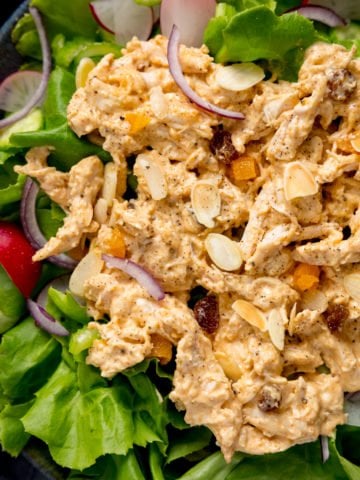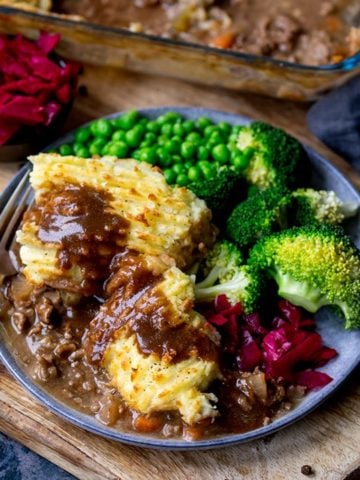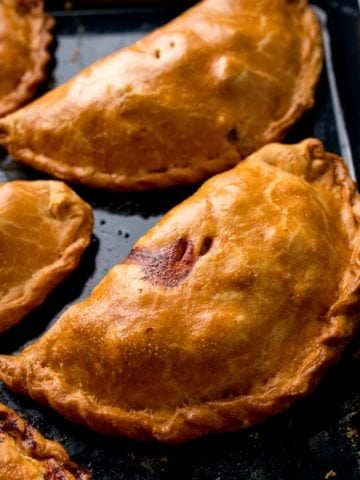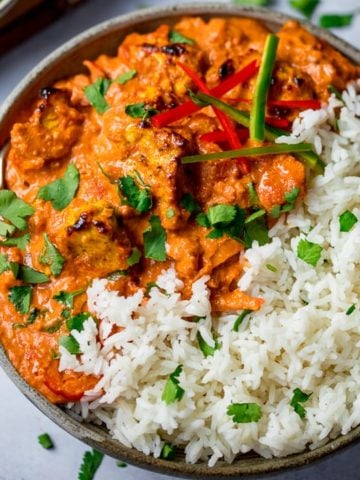I’m going to start today with a tiny history lesson (no sleeping at the back!!). I grew up in what used to be Lancashire (the boundaries have changed over time), so it’d be wrong of me not to give you a bit of the background of this dish.
The History of Traditional Lancashire Hotpot
Lancashire Hotpot is thought to have originated during the cotton industry in the 19th century. It’s a simple meal that would have been left to cook slowly all day, ready for the hungry cotton workers at the end of their shift. It was probably more likely to have contained mutton in those days, and would invariably have been left to cook with a lamb bone still in the dish - for added flavour. The meat was often bulked out more with oysters - which were very cheap in the 19th century. Not sure I fancy recreating the oyster version (only tried oysters once and it was not a pleasant experience). There are a few variations out there: some made without stock, some with carrots, some with oysters and/or kidneys. However, nearly every recipe does agree that this is a dish made with lamb, butter, onions and layers of potatoes. I’ve eaten and made this absolutely loads of times. You can’t beat the flavours of that juicy lamb, especially with a nice spoonful of mint sauce.
How to Make It
My version has carrots in - I love the way they absorb all the flavour, plus it means I only need to serve one other side of veg with it. It also has a meaty gravy that’s been thickened slightly due to the addition of flour in the early stages of the recipe. We start by frying off some diced lamb in a hot pan. Remove the lamb, then soften the onions in the same pan and add the lamb back in. Stir in flour, then pour in stock. Add a couple of bay leaves, a good sprinkling of salt and pepper and a good splash of Worcestershire sauce. Cover and place in the oven for 30 minutes. Transfer the pan contents to a casserole dish and stir in chopped carrots. Then top with thinly slices potatoes. Brush on a little melted butter and sprinkle on some dried thyme. Cover and place in the oven for 1 hour. Remove the lid, knock up the heat and cook for a further 30 minutes until those potatoes are lovely and golden. The potatoes are sliced thinly and cover the whole dish, overlapping each other - which results in the potatoes on top being lovely and crisp, whilst the parts of the potatoes underneath are soft and tender. 💡 Pro Tip: You can use a mandolin to cut the potatoes if you like. I have got one, but I still usually cut the potatoes for this using a sharp knife - since it’s only a few potatoes. Mandolins are great for dauphinoise and coleslaw, but I only use mine when I’m cutting large quantities of veg. Even using the guard, the blade on that thing gives me the heeby jeebies. You want the potatoes to be about 2-3mm thick to ensure they’re cooked and crisp on top. You can cut them thicker if you like, just make sure you cook the dish for longer. Once you’ve got this meal in the oven, your house will smell so good. Everyone will be waiting at the table with forks at the ready. Make sure you have some spoons too - you wouldn’t want to miss out on any of that delicious gravy.
The recipe video:
Stay updated with new recipes!Subscribe to the newsletter to hear when I post a new recipe. I’m also on YouTube (new videos every week) and Instagram (behind-the-scenes stories & beautiful food photos). This post was first published in January 2015. Updated in April 2019 with new photos, recipe video and extra hints and tips. Updated in August 2020 for housekeeping reasons.
Homemade LasagneSpaghetti BologneseChris’s AMAZING Chilli Con Carne RecipeChicken Tikka MasalaChicken Fried RiceChicken Pasta BakeEasy Salmon Recipe with Creamy White Wine SauceMy award-winning Fish Pie < Yep I actually won something big because of this one.
Some of the links in this post may be affiliate links – which means if you buy the product I get a small commission (at no extra cost to you). If you do buy, then thank you! That’s what helps us to keep Kitchen Sanctuary running. The nutritional information provided is approximate and can vary depending on several factors. For more information please see our Terms & Conditions.
